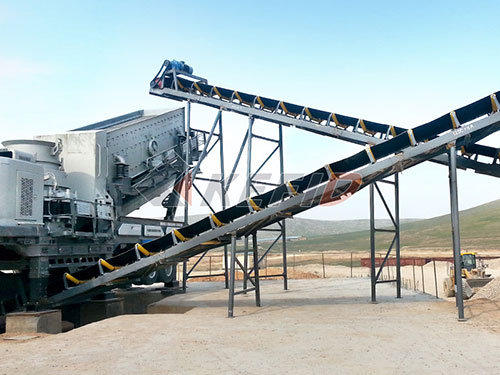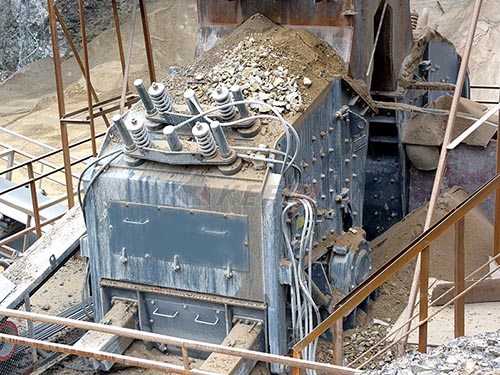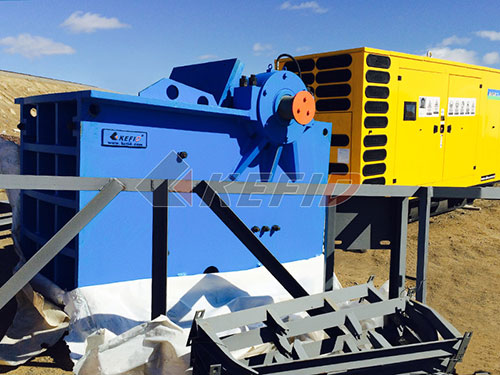Beyond the Price Tag: A Strategic Analysis of Hammer Crusher Replacement Costs in Mexico
The relentless pulse of Mexico’s mining and aggregate industries relies heavily on robust equipment like hammer crushers. These workhorses pulverize rock and ore into valuable fractions but face constant wear from abrasive materials. When hammers wear down or fail – an inevitable reality – replacement costs become a critical operational factor. However, focusing solely on the invoice price of new hammers is a costly oversight in the Mexican context. True replacement cost encompasses a complex web of direct expenses, hidden impacts, and strategic decisions that significantly influence profitability and competitiveness.

Understanding the Core Components of Replacement Cost
1. The Hammers Themselves: This is the most visible cost.
Material Composition: Hammer cost varies dramatically based on alloy:
Standard Manganese Steel: Most common initial choice (~$2,000 – $4,000 USD per set depending on crusher size). Good impact resistance but wears relatively quickly under severe abrasion.
High Chrome / Martensitic Alloys: Significantly more wear-resistant ($4,000 – $8,000+ USD per set). Ideal for highly abrasive materials like granite or basalt prevalent in many Mexican quarries. Offers longer life but higher upfront investment.
Bimetal / Composite Hammers: Feature hard alloys welded onto tough cores ($5,000 – $10,000+ USD per set). Offer an excellent balance of impact toughness and wear resistance for demanding applications.
OEM vs. Aftermarket: Original Equipment Manufacturer (OEM) hammers command a premium (often 20%-50% more) due to brand assurance and guaranteed fitment. Reputable Mexican and international aftermarket suppliers offer significant savings but require careful vetting for metallurgical integrity and dimensional accuracy to avoid costly downtime or damage.
Quantity & Size: Larger crushers require bigger hammers and more of them per rotor assembly.
2. Grids / Screen Plates: Often overlooked but crucial companions to hammers. Worn grids allow oversized material into the product stream or cause recirculation overloads ($1,500 – $5,000+ USD per set depending on size/material). Replacement frequency often aligns with hammer changes.
3. Labor Costs: Replacing hammers is labor-intensive:

Internal Labor: Requires skilled millwrights or mechanics familiar with crusher disassembly/reassembly protocols (wrench time

Leave a Reply